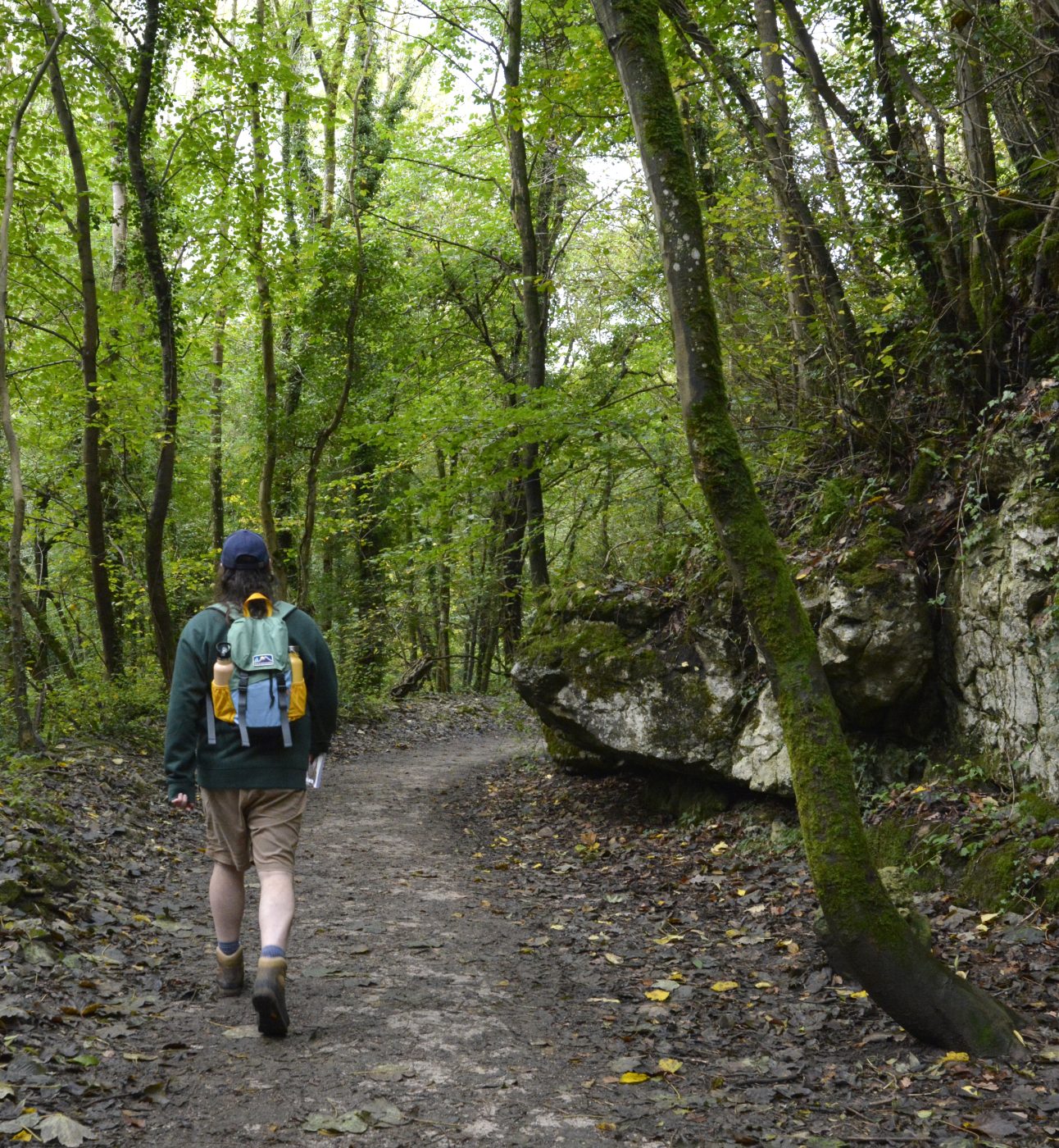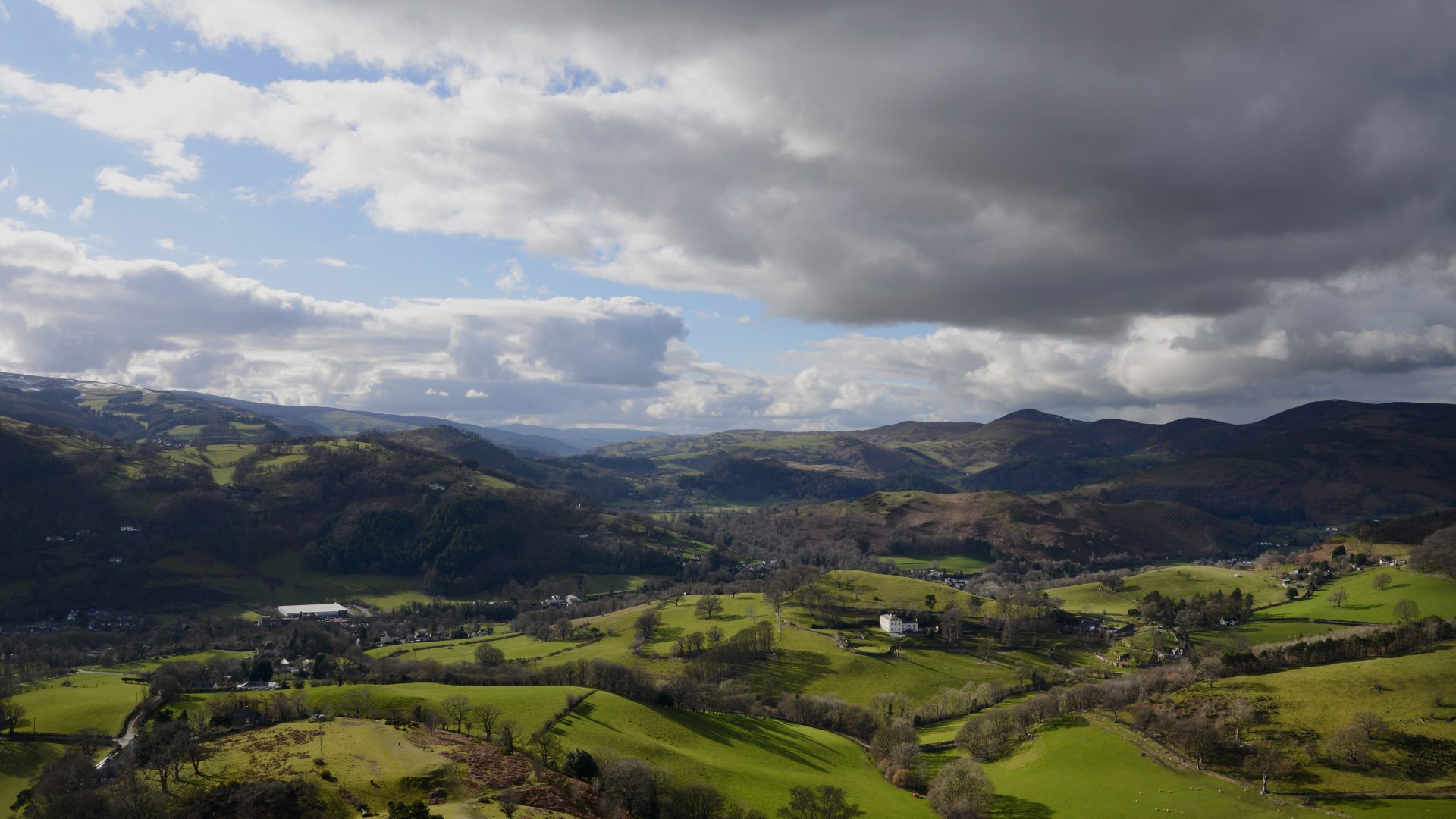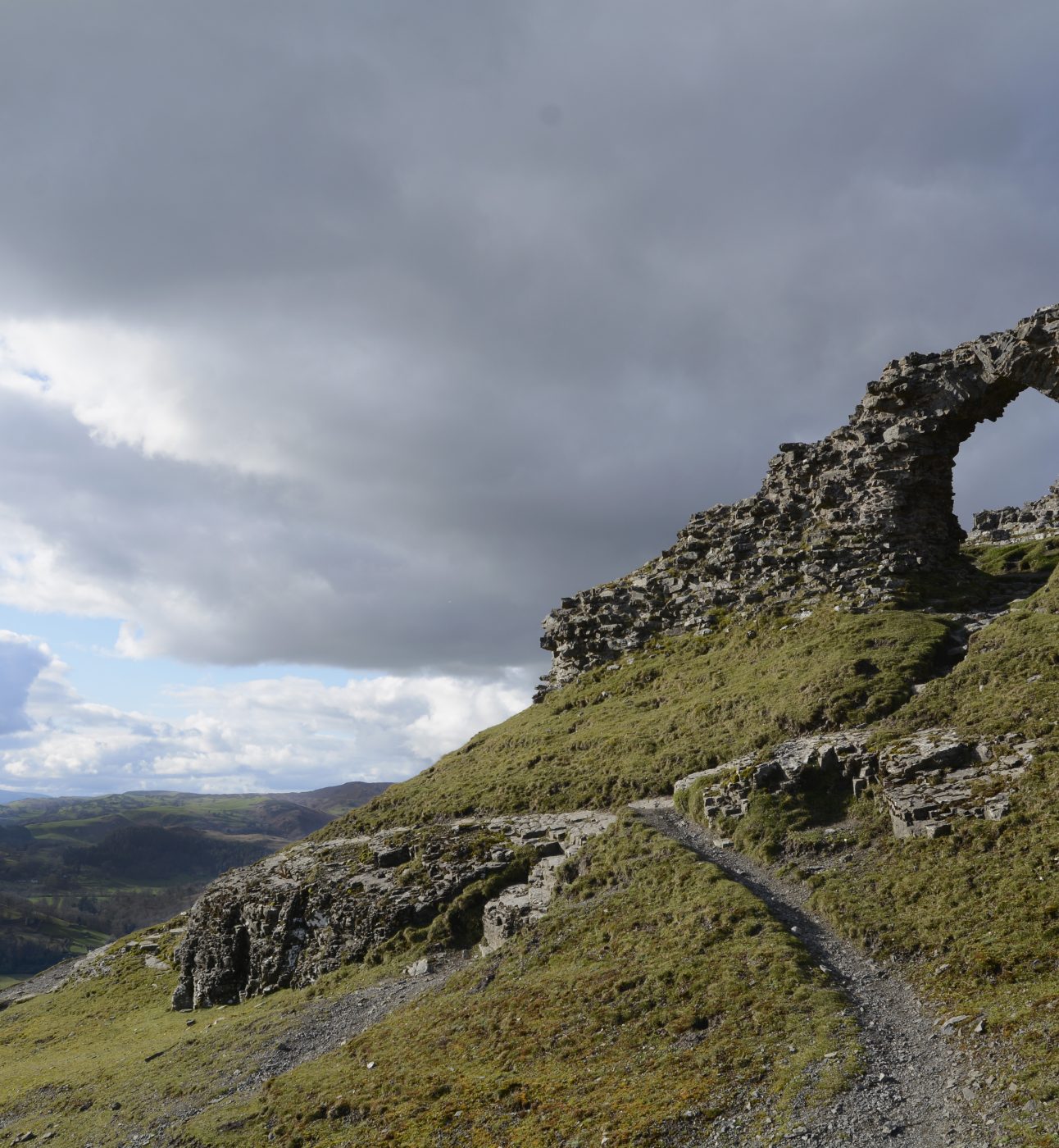
Next steps for new National Park
The consultation on the new National Park has closed. We’ve submitted our response, what’s next for the new Park?

This would be the first new National Park to be established in Wales since 1957
North East Wales is full of stunning landscapes, communities, species and heritage all worthy of inclusion in the new National Park. The special qualities and history are clear to see if you’re lucky enough to spend some time exploring the area, and whether it’s in the north on Gronant Dunes or the Berwyn Range in the south, there’s plenty to treasure and protect for future generations.
We’ve highlighted just a few of the sites that make the new National Park a unique and exciting place to visit:
South of the Vale of Llangollen and 20km in length, the Ceiriog Valley was once described by the British Prime Minister David Lloyd George as “a little bit of heaven on earth” and we’re inclined to agree. Quiet villages populate the valley through which the River Ceiriog flows. Narrow drovers’ roads are in abundance alongside ancient hedgerows and traditional farmland.
A designated site of Special Scientific Interest (SSSI) Gronant sits to the west of the River Dee estuary on the northern Welsh Coast. The area contains Wales’ only breeding colony of little turns as well as a whole host of species from natterjack toads, sand lizards, sea holly, marram grass and rare dune grasses. A popular spot for birders and sun-bathers alike, the dunes are a truly special area to visit.
A wild, rugged and distinct landscape covered largely in heather and bracken, the Berwyn Range is home to iconic raptors such as the hen harrier, merlin and peregrine. Much of the landscape is designated as a Special Protection Area due to the importance it has for birds. A series of summits peak at 832m on Cadair Berwyn which can feel as wild and untamed as anywhere in neighboring Eryri National Park.
North East Wales is packed with history and stories of invasion and rebellion. Sycharth near Llansilin on the border with England is known as the birthplace of Owain Glyndwr (Prince of Wales) in 1354. Owain Glyndwr led a 15-year rebellion against English rule in the Medieval period and the earthwork remains of this motte and bailey castle is just one great way to take a step back in history in the area.
Situated in the existing Clwydian Range and Dee Valley National Landscape the impressive Pontcysyllte aqueduct is a truly unique experience for those taking to the water. Built in 1805 it is the longest aqueduct in Britain and the highest in the world at 38m. Stunning views are afforded across the valley whether you’re cruising or taking in the towpath by foot. The Grade 1 listed structure is a UNESCO world heritage site and a hugely popular destination for those visiting the area.

The consultation on the new National Park has closed. We’ve submitted our response, what’s next for the new Park?

A joint statement has been released ahead of an expected public consultation on plans for a new National Park in North East Wales this autumn.